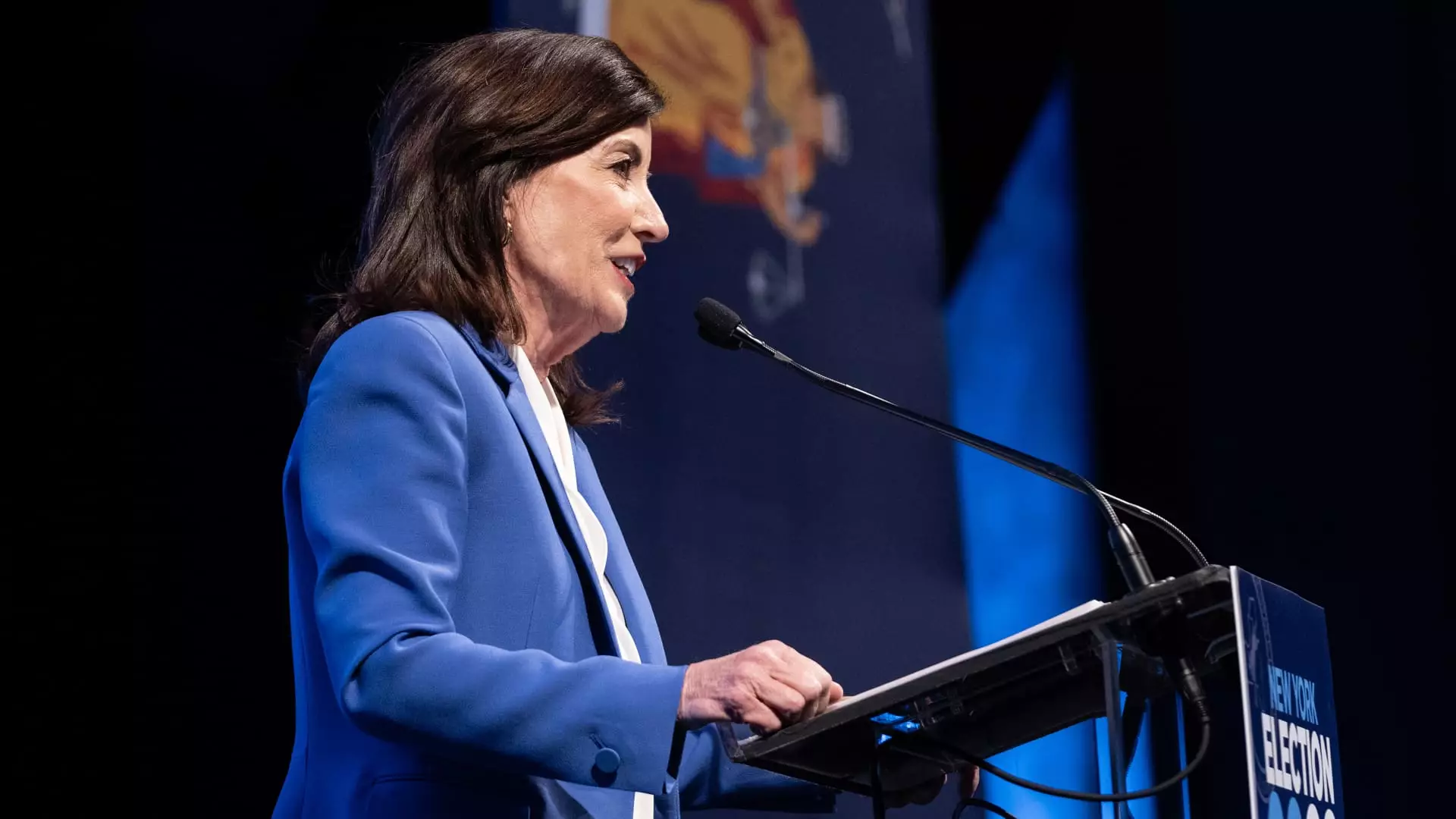Energy efficiency is becoming an increasingly important topic across the United States, with new rebate programs being introduced to incentivize homeowners to make upgrades to their properties. The federal Inflation Reduction Act, signed into law by President Joe Biden in 2022, allocated $8.8 billion for consumers through two Home Energy Rebates programs. These financial incentives are designed to help homeowners reduce their carbon emissions by making energy-efficient upgrades to their homes.
New York recently launched a program offering up to $14,000 in total rebates to homeowners for energy-efficiency upgrades. This initiative is part of a larger push to reduce carbon emissions and cut homeowners’ future energy bills. The program includes incentives for projects such as air sealing, insulation, electric heat pumps, and electric stoves. Low-income households in New York can access up to $24,000 in total rebates when combining the federal funds with the state’s EmPower+ program.
Following New York’s lead, more states are expected to introduce similar rebate programs by the end of summer. Seventeen states have already applied for Home Energy Rebates funding as of June 14, with California and Hawaii being approved for the program. The federal funds are administered by states, territories, and tribes, who must apply for the funds before rolling out the rebates to consumers.
The Inflation Reduction Act created two Home Energy Rebates programs: the Home Efficiency Rebates program and the Home Electrification and Appliance Rebates program. The Home Efficiency Rebates program focuses on technology-neutral upgrades, while the Home Electrification and Appliance Rebates program incentivizes the purchase of electric appliances like heat pump water heaters and electric stoves. These rebates are available to low and middle-income homeowners, with income requirements set at 80% or below the area’s median income.
New York plans to expand its rebate program to include moderate-income residents, multifamily buildings, and the purchase of electric appliances. The state aims to launch the second phase of the program in the fourth quarter of 2024, pending approval by the Energy Department. The deeper the energy cuts made by homeowners, the larger the rebates they will receive, with some rebates reaching up to $8,000.
The emergence of energy efficiency rebate programs across the United States signals a shift towards a greener and more sustainable future. These initiatives not only help homeowners reduce their carbon footprint but also save money on their energy bills in the long run. As more states adopt similar programs, we can expect to see a significant impact on reducing overall carbon emissions and promoting energy efficiency nationwide.

